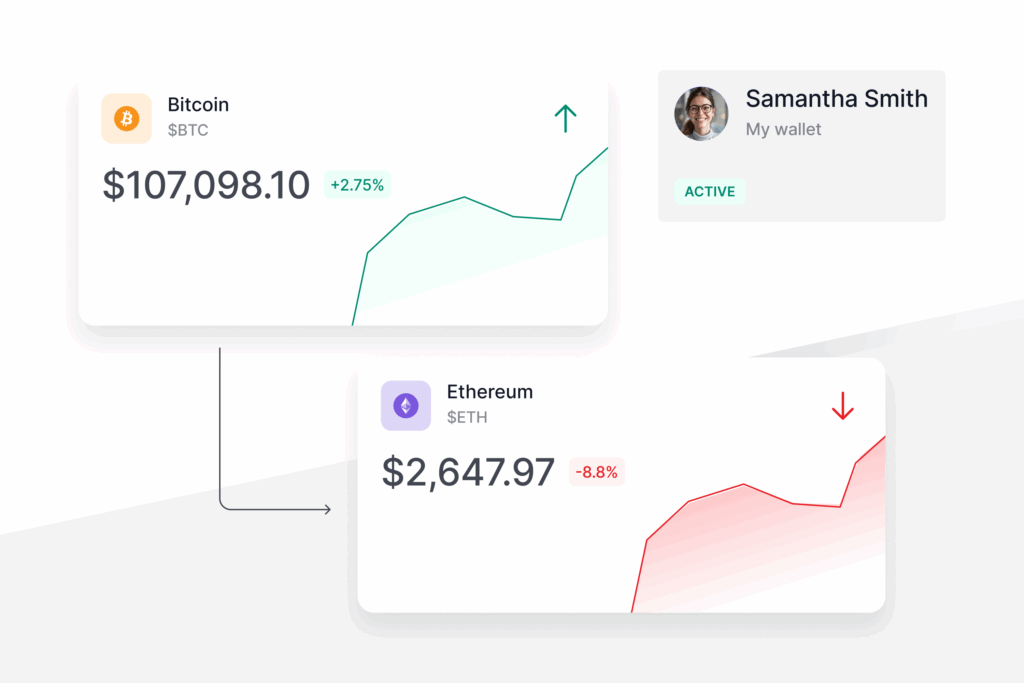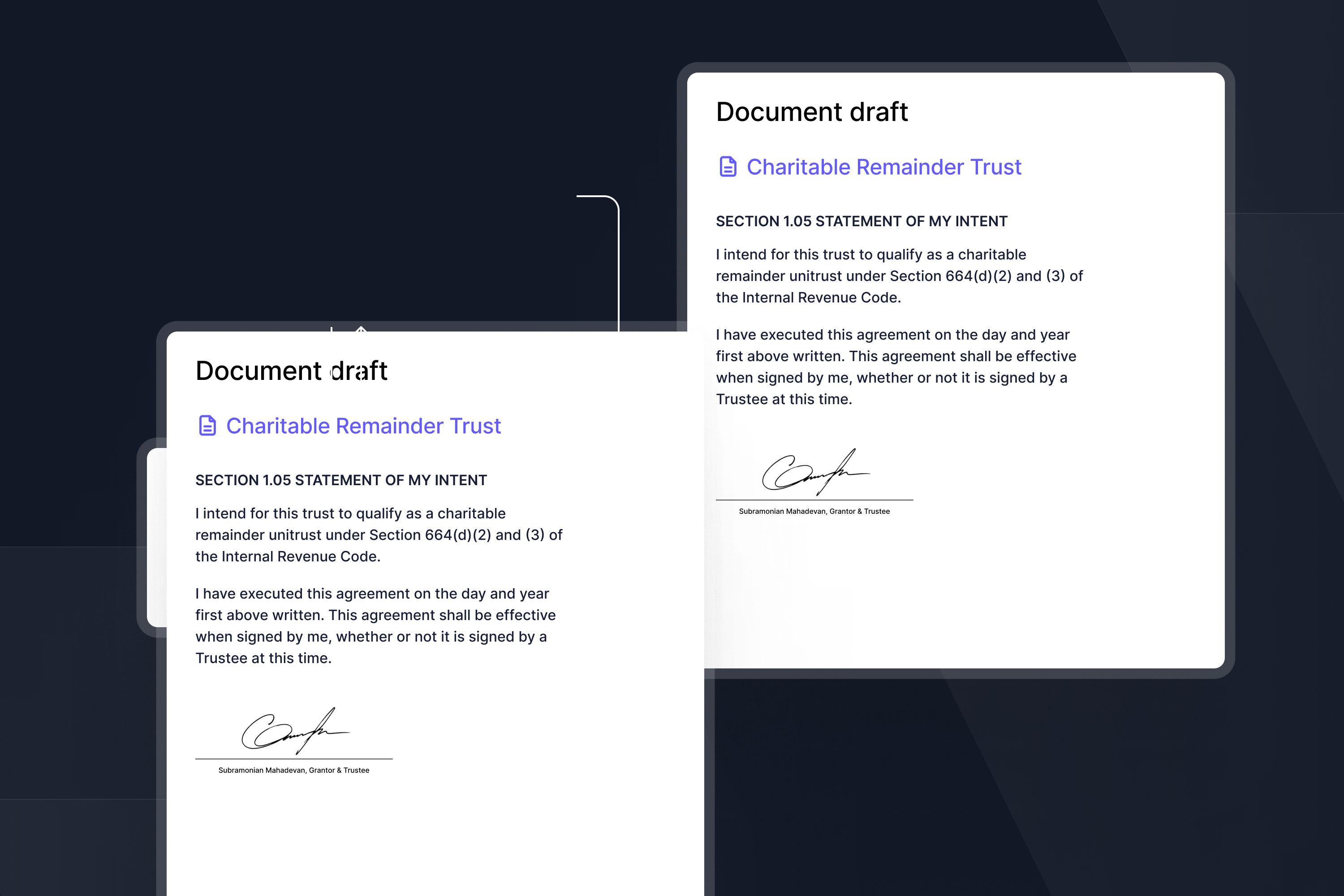
FEATURED ARTICLE
Tax Planning for Realized Gains and Ordinary Income
Tax planning strategies for realized gains and ordinary income

Tax planning strategies for realized gains and ordinary income


Historically fee simple land donations have been a less popular alternative to conservation easements. But with conservation easements being added to the IRS’s dirty dozen list and the IRS having new powers to disallow conservation easement deductions, fee simple and historical easement opportunities have a rise in popularity.
Let’s start with the basics of what are fee simple land donations?
Let’s start with the basics. A fee simple is a legal agreement between a landowner and a qualified organization, such as a land trust, that gives away the land and restricts the development of the land in perpetuity, protecting for conservation purposes — such as protecting wildlife habitats. In effect, it is taking conservation easements a step further by restricting development on the land and giving it away to an organization that will own and take care of the land.
Importantly fee simple land donations are also a tax tool. When you agree to restrict the use of your land to the conservation cause and give away the land, the government considers that a charitable donation, and you’ll receive a charitable deductions. More on this in a bit, but first, the how.
When a landowner donates their land and adds a conservation easement, they give up development rights to their property (which lowers its value) and give away the land. The donated land with the conservation easement becomes a permanent part of the property’s title, binding on all current and future owners hence why its value is lowered.
In exchange for giving up the right to develop the land how they want in the future and giving away the land, the former owner will be eligible for a tax deduction equal to the value of the land they’re giving up plus the lost development value due to the easement or what’s referred to as the “highest and best use” of the land.
There isn’t usually a large, liquid market for land with perpetual easements and, as a consequence, there aren’t many comparable sales to serve as the basis for a valuation. Instead, the valuation of any such easement is generally made using a “before and after” approach.
When appraising a property for the purposes of donating or selling a conservation easement, the appraiser will typically assess the property’s value in two scenarios:
The difference between these two values represents the value of the conservation easement itself. This difference can be significant, especially in areas with high development pressures. Critically in a fee simple land donation you not only get a charitable deduction for the lost value due to the easement but also for the value of the land as you are giving it away. In this scenario, your charitable deduction is the value of the easement and the land or the highest and best use value.
To make this more digestible, let’s walk through an example. Let’s say you bought land for $1 million, the highest and best use of the land is valued at $5 million and the encumbered value with the conservation easement is $2 million. Simply put the fee simple land charitable deduction value is $5 million based on the value of the land and the highest and best use of the land but you won’t enjoy use of the land. (To better understand the differences between easements and fee simple you can read this article.)
There are two common approaches for individuals to participate in a conservation easement:
A landowner who donates their land with an easement may be eligible for a federal income tax deduction of up to 30% of their adjusted gross income (AGI) in the year of the donation, equal to the before value of the donation, with the ability to carry forward any unused deduction for up to 15 years.
Put more simply, you can earn a deduction against your income for the highest and best use of the land after putting an easement on the land and donating the land. And if the highest and best use value of the land is 5 times your purchase price, your tax savings are 2.5X your purchase price (assuming a 50% tax rate). In recent years, typical highest and best use valuations on land have been 4-6x the purchase price. It won’t surprise you, then, that the popularity of the space has been growing rapidly.
Conservation easements have grown rapidly in popularity in recent years, with a total of 1.6 million acres of land newly protected by conservation easements in 2018 alone. Between 2010 and 2017, taxpayers took an estimated $26.8 billion of charitable deductions from conservation easements. This growth has been driven by a number of factors, including an increasing awareness of environmental issues and the collective desire to preserve natural resources for future generations, but the biggest impact has probably been the tax benefits.
In fact, these benefits have been so powerful that the IRS has chosen to focus on reducing abuse of conservation easements which is why fee simple land donations are coming back in vogue.
The IRS has become increasingly interested in conservation easements in recent years as a result of the tax savings and growth. Oregon Sen. Ron Wyden, chair of the Senate Finance Committee, speaking on Conservation Easements said “there is a tax shelter gold mine here, and they’re fighting very hard to protect it. There are enormous sums of money to be made as long as the number of transactions keeps increasing.” To fight back against these transactions, the IRS has been cracking down on technical errors, many of which may appear minor — incomplete forms, inadequate appraisal records, inaccurate deeds — as well as less rigorous claims like the lack of apparent charitable intent in the transaction and the absence of significant public benefit, all with the goal of discouraging people from taking advantage of these structures.
Moreover, the IRS has proposed new regulations to dramatically curtail syndicated conservation easements. Under proposed rules, conservation easement transactions would be considered abusive, or a “listed transaction,” and give the agency powers to disallow the deduction, if they have the following four hallmarks:
The last three factors describe most conservation easements; indeed, the last two are required for the easement to serve its tax-planning purpose. Accordingly, the first factor is the whole ballgame: If an easement yields a 2.5x or greater charitable deduction, the transaction will be a listed transaction and presumptively suspect.
If the transaction is considered a listed transaction, that means that any time an individual claims a deduction as a result of the transaction, they have to let the IRS know they are doing so, which makes it easy for the agency to audit or disallow the deduction. Historically, the IRS doesn’t have a great record in Tax Court when challenging conservation easement tax deductions hence the push for the legal changes that allow them to avoid tax court and directly disallow the deductions. As a result, much of the industry has moved from utilizing conservation easements to similar structures (with similar returns) that aren’t governed by the new laws such as fee simple land donations, historical easements or the donation of appreciated assets (you can learn more here).
Investing in fee simple land donations carries risks, including the potential for the IRS to disallow the tax deduction — and potential interest, penalties, and fees as a result. To mitigate those risks, interested individuals should typically choose a fund with General Partners who have a long history in the space, as the details are critical but lets walk through those risks. Importantly it isn’t clear that the IRS has the power to disallow fee simple land donations unlike conservation easements but its unclear if the IRS will try to claim their deduction disallowment legal powers extend beyond conservation easements to fee simple land donations.
Let’s start with the basic of what is audit risk. It refers to the likelihood that a taxpayer’s return will be examined by the Internal Revenue Service (IRS). If you are investing in any listed transaction such as a conservation/historical easement or fee simple deal you should assume there will be an audit as the IRS has made them a focus (to point out a critical point – you should assume a listed transaction will receive a valuation audit while unlisted transactions likely won’t). Critically if an IRS looks at your taxes and disagrees with the charitable deduction from the fund they have to go audit the investment fund partnership to adjust the valuation i.e. valuation risk. This is important as is means the cost of the audit isn’t paid by you and why most fee simple funds have a legal defense reserve, so they can fight these valuation audits, and why its important to work with partners who have experience in defending against audits.
So assuming the partnership gets audited you are probably wondering what are the risks your deduction is lowered. The answer is its hard to tell because of the recent legal changes. Historically the IRS has struggled to win most of its cases unless the partnership fund made a mistake but the recent legal changes may change these results . The risk is lower with fee simple deals and in particular historical easements because those are governed by different IRS rules than conservation easements.
In addition, you will want to ensure that the valuation of the assets are done by experienced partners to ensure they understand how to correctly handle every detail of the valuation process and have experience defending their valuations in legal proceedings.
For those who are willing to take on these risks, investing in fee simple land donations may provide a unique opportunity to make a positive impact on the environment while also potentially receiving significant tax benefits.
Fee simple land donations provide a unique investment opportunity for individuals interested in both environmental conservation and potential tax benefits. While there are some risks associated with investing in them, the potential environmental and tax benefits make it a worthwhile investment for many.
We’ve built a platform that makes advanced tax planning – once reserved for ultra-high-net-worth individuals – accessible to everyone. With Valur, you can reduce your taxes by six figures or more, at less than half the cost of traditional providers.
From selecting the right strategy to handling setup, administration, and ongoing optimization, we take care of the hard work so you don’t have to. The results speak for themselves: our customers have generated over $3 billion in additional wealth through our platform.
Want to see what Valur can do for you or your clients? Explore our Learning Center, use our online calculators to estimate your potential savings or schedule a time to chat with us today!